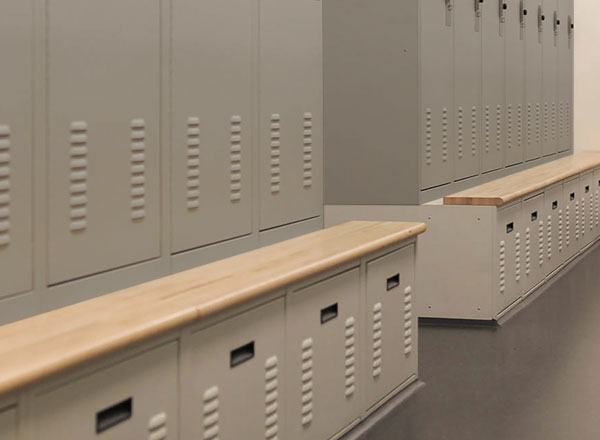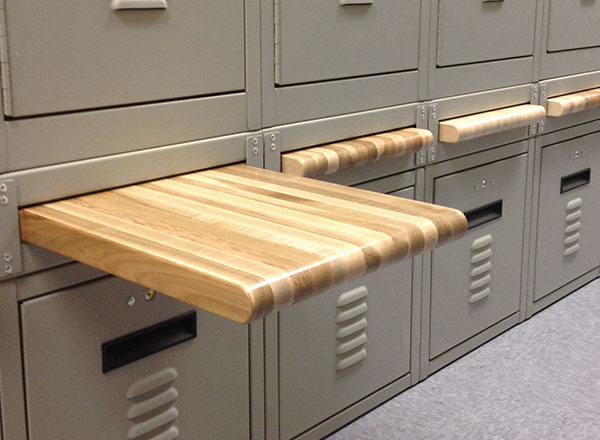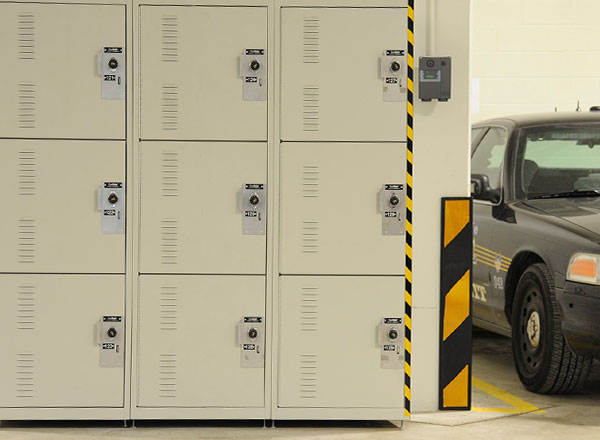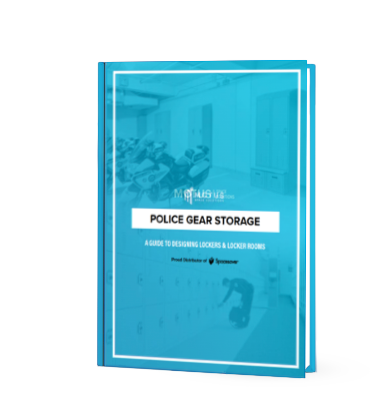Bonds / Referenda
Municipal bonds are often used to fund large capital projects, and municipal bond releases are a way to get funding from private investors for public projects. These projects usually require voter approval, which means you’ll need to convince voters that your project will have a broad positive effect on the community.
Here are 5 steps for getting voter approval for your bond issue:
1. Build a solid relationship with your community.
- Attend city council and civic group meetings.
- Hold an open house.
- Attend city council and civic group meetings.
- Hold an open house.
2. Organize & plan.
- Assemble a committee of 5-7 influential community leaders during the planning phase.
- Create a detailed campaign plan that includes finances and activities that ramp up to voting day.
- Plan to launch the campaign at least two months before voting day.
- Be sure that all campaign work is done while off duty. Federal law prohibits public employees from campaigning in uniform or using taxpayer resources to work on campaigns.
3. Prove the need.
- Show voters that your department needs capital improvements and that you will use taxpayer funds responsibly.
- Offer tours of your current facility.
- Demonstrate immediate needs and the investment in the community’s future.
- Use drawings and layouts to show how funds will be used (contact us to schedule a free consultation).
4. Campaign
Keep the message simple:
- Voting date
- Amount the bond or tax is for
- How funds will be used
Tactics might include:
- Interviews with local newspapers, TV, and radio
- Posting on social media
- Speaking at City Council meetings and other events
- Remember, no campaigning while on duty or in uniform!
5. Win or lose, keep in touch with the community.
If your proposal is approved:
- Invite the local newspaper to report on your capital project’s progress.
- Hold an open house soon after installation is complete.
- Build on strong relationships with the community.
If your proposal is voted down:
- MOTUS can help you determine priorities and implement smaller projects in incremental phases.
- We can also retrofit locker rooms and other spaces to better suit your needs.
- Keep working in your community to lay the foundation for a successful campaign the next time around– and call on us to help.
Retrofitting
Outdated police lockers aren’t always capable of storing modern equipment like body armor. If your officers need more storage space but new lockers aren’t in your budget, retrofitting is an option:

We can add bench drawers below existing lockers. The drawers feature a flat tray for drying and storing body armor horizontally, with room for boots and other gear below the tray.

If space is tight in your police locker room, reconsider locker room seating. Retractable breadboard locker benches can be added to lockers to eliminate the need for freestanding benches.

If full-height lockers aren’t necessary for everyone, consider replacing tall lockers with multiple tiers of smaller locker openings. This increases the number of lockers in the same footprint.
Looking for more information on law enforcement locker room design, including funding tips and best practices?






7 thoughts on “How to Get Funding for Police Renovation Projects”
Comments are closed.